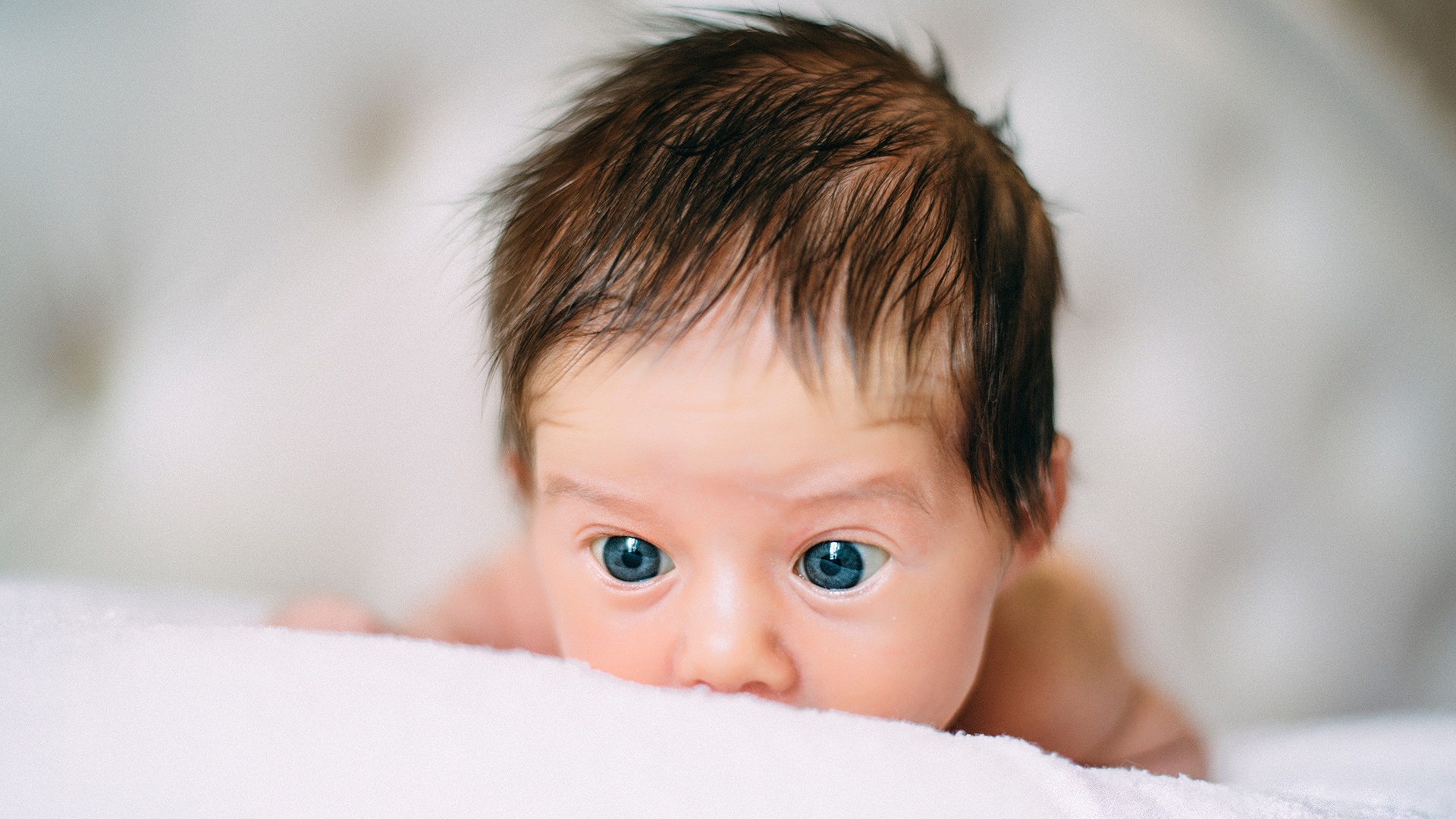Baby Hair Loss What To Do If Your Infant Starts To Lose Their Hair
Hair is often thought by many as the crowning glory. Many babies born with a full head of hair will often lose it in their first year, and babies who are born bald won’t stay that way their whole life. Still, as a baby changes over the first year of life, changes in the scalp can be alarming. However you do not need to panic, it is completely normal for babies.
Why is my Baby Losing Their Hair?
Babies can easily lose it, just like adults. The American Academy of Pediatrics reports that many babies lose the fuzz in the first few months. Most of the time, it’s completely normal and not associated with any medical problem, but it’s always good to discuss your concerns with your healthcare provider to make sure. Many parents aren’t even aware of the loss, because regrowth occurs at the same time. Here are five common reasons that a baby might lose it:
- Telogen Effluvium: stress causes the hormones to trigger the loss.
- Friction: a baby’s fuzz falls out where the head rubs on crib mattresses or the back of strollers.
- Ringworm: a highly contagious fungi that is rare in infants but can be shared by family members.
- Alopecia Areata: a defect in the immune system that destroys healthy cells. It is rare in infants, but a few cases have been reported.
- Cradle Cap: AKA dandruff, crusty, scaly patches on their scalp due to excess oil production. Although cradle cap doesn’t exactly cause loss, treatment can cause it to fall out.

What Can I Do?
When it starts to fall out, you can generally relax. You won’t be able to stimulate the regrowth, and nature will have to take its course. But you can make sure to take care of your baby’s hair gently:
- Use a mild shampoo when you wash and avoid irritation
- Don’t scrub your baby’s scalp. Instead, use a soft washcloth and massage their head.
- A soft-bristled brush may remove some of the scales and crust of cradle cap. But don’t get too heavy-handed. Babies outgrow cradle cap and the scalp will be normal.
- Use a soft brush to brush it when it is dry. Avoid trying to style it until they are older.
If you suspect that friction is causing their loss, you may want to place them at the opposite end of the crib. It’s recommended that babies sleep on their backs for their first few months. By placing them at the other end, they must turn their head a different way to look out at the room, reducing friction in the same spot on their head. When they are awake, give him or her tummy time. It’s important to their development and once they learn to roll over, friction won’t be as much of a problem.
Cradle cap may not look very nice, but in most cases, it doesn’t affect them. If you notice any loss of peachfuzz, look for other signs or symptoms that something is happening. A baby who isn’t sleeping as well as normal may be irritated by the loss. Increased thirst or sluggishness can indicate a different problem. Consult with your physician if you see signs that they are struggling. The best thing to do is not to panic, as babies change a lot over their first year of life.
Watch them for external signs that may be damaging their scalp. Putting it in a ponytail can result in loss. Headbands could be irritating to the scalp. Some babies pull their own hair, which causes irregular patches to fall out. Watch how they sit in the car seat. Something may be rubbing on a particular part of the scalp that is causing it.
How Long Will it Take for It to Grow Back?
Don’t be surprised if your baby’s hair comes back in a different color or texture. Many babies start out with one color and as it falls out and grows back, it may be another color. This can happen several times. Generally speaking, when the child is around two years old, the full growth of thicker locks will come in. However, there are a number of factors that determine growth rates, which can include ethnicity, genetics, birth conditions and even nutrition. Just enjoy the changes until their full head comes in.

Gentle Cradle Cap Treatment
There’s usually no need to make a special appointment with your pediatrician to discuss a baby’s scalp change like this. Cradle cap is a common problem that affects many babies and is very treatable. A Bean-b-Clean® scalp massaging brush is a reusable brush that can help treat cradle cap. Learn more about this revolutionary tool, and the retailers that carry it, to easily treat your baby’s cradle cap.
